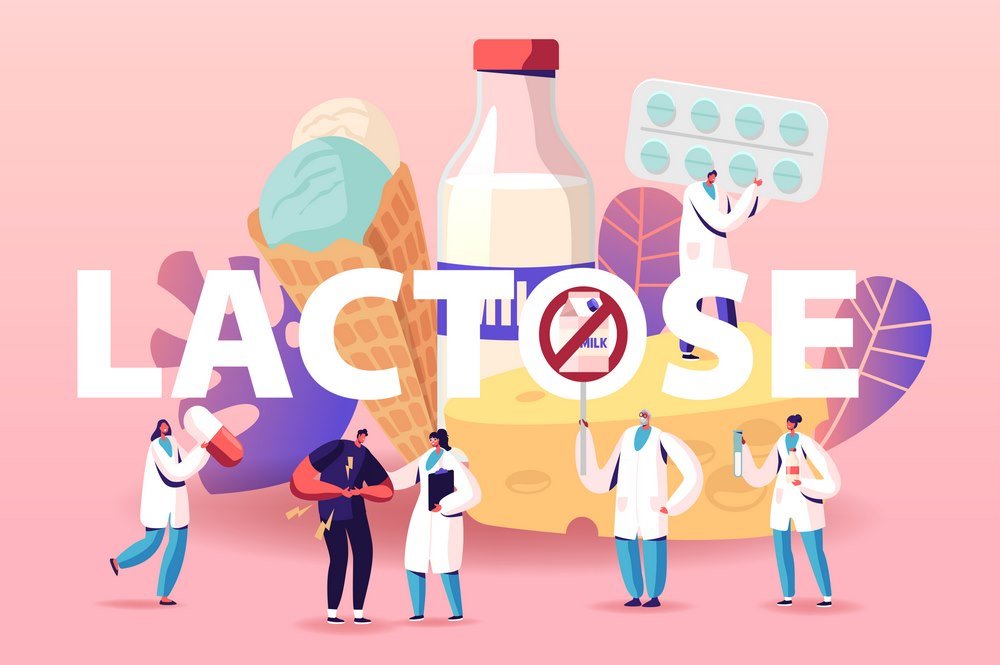You might have heard this term mentioned by an anxious person before, in a café or a restaurant or might be wondering about it if you or someone you know has the condition. For an in depth look into the concept keep scrolling to understand what it means to be lactose intolerant, its causes, symptoms, precaution and treatment.
What is lactose intolerance?

For most part of our infant life, we solely rely on milk as the only component of our diet. It is integral to the bone, muscle and tooth development of babies and toddlers. Despite of its supreme nutritious value; vitamins, calcium and minerals, etc., consuming milk and other related dairy products are not without consequences as we age.
To put simply lactose intolerance is the nasty gut signs that some people get after consuming milk or other dairy products in their diet. Lactose is a natural sugar, a carbohydrate that makes up 4-5% of milk. To digest and harvest energy from this carb, body requires an enzyme, lactase. The oral cavity, esophagus or stomach that caters for digestion of other nutritious components of food don’t react to lactase enzyme, so it’s all down to your small bowel. The special cells of which, called enterocytes, secrete this enzyme required for your gut to be milk-friendly. Without adequate amounts of secretion, production or efficacy of the enzyme lactase, lactose from the diet cannot be digested. This leaves the lactose component undigested, unabsorbed within the gut which then makes your dairy diet experience uncomfortable. [1]
The enzyme lactase is crucial to split the lactose into two smaller sugar molecules, glucose and galactose in a process called hydrolysis of lactose. In this form, the sugars can be easily absorbed from the gut into your bloodstream and then can be assimilated in your body. Hypolactasia or production of insufficient amounts of lactase by the body presents with an upset bowel.
It is important to distinguish lactose intolerance from allergy to milk. A lot of people in developed countries are allergic to various food items, mostly milk, peanuts, eggs, shellfish. Protein content in these foods is responsible for initiating an allergic immune response which may be IgE mediated or may be cellular. Allergy largely presents with gastrointestinal symptoms, skin itching, eczema, redness and general irritation.
Lactose intolerance is a fairly common occurrence. 50-65% of total world population suffers from this condition, depending upon genetic, ethnic, environmental and other factors. Very common in Asian and African communities it mostly accounts to 80-100% of adult population. Its occurrence as proved by a survey is less in north American and French communities. Fortunately however, it’s harmless non-lethal and easily manageable in most cases. And you might me among those who self-diagnosed themselves with the condition where, it may not likely be the actual case. The condition mostly occurs along a spectrum; most of the diagnosed lactose intolerant patients can consume small amount of lactose in diet, the problem arises when lactose in diet cannot be complemented with adequate levels of dietary enzyme lactase produced intrinsically.

